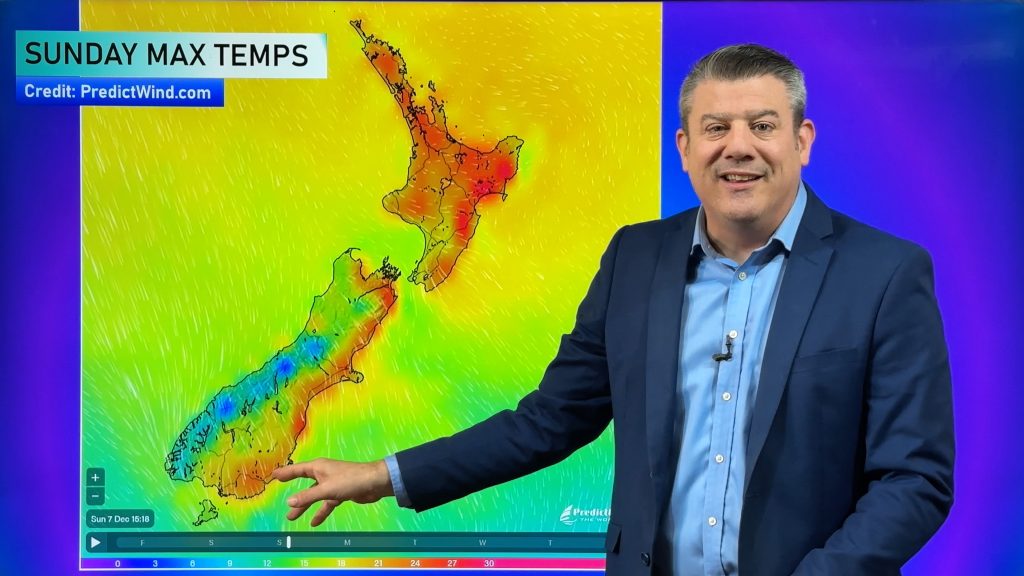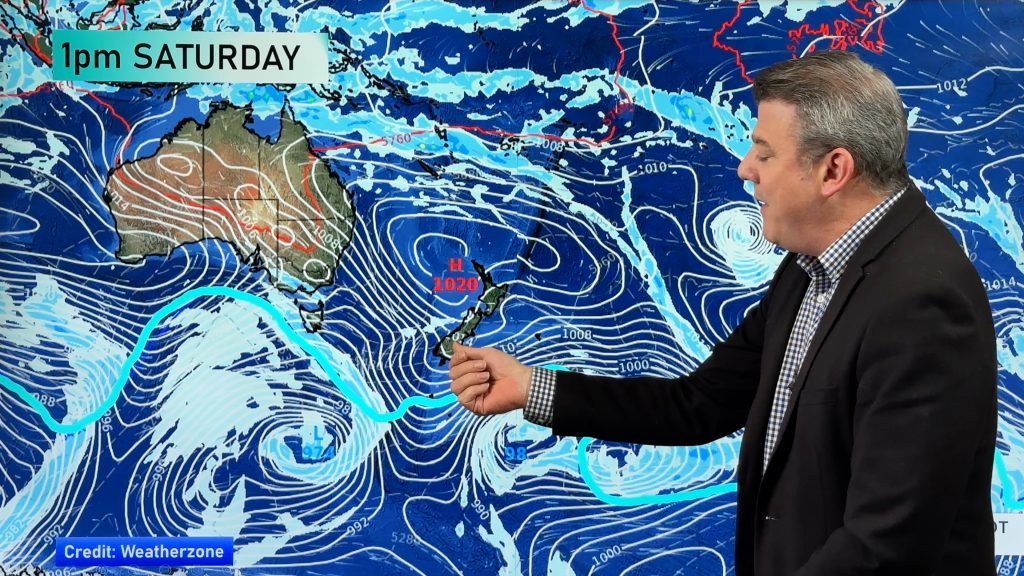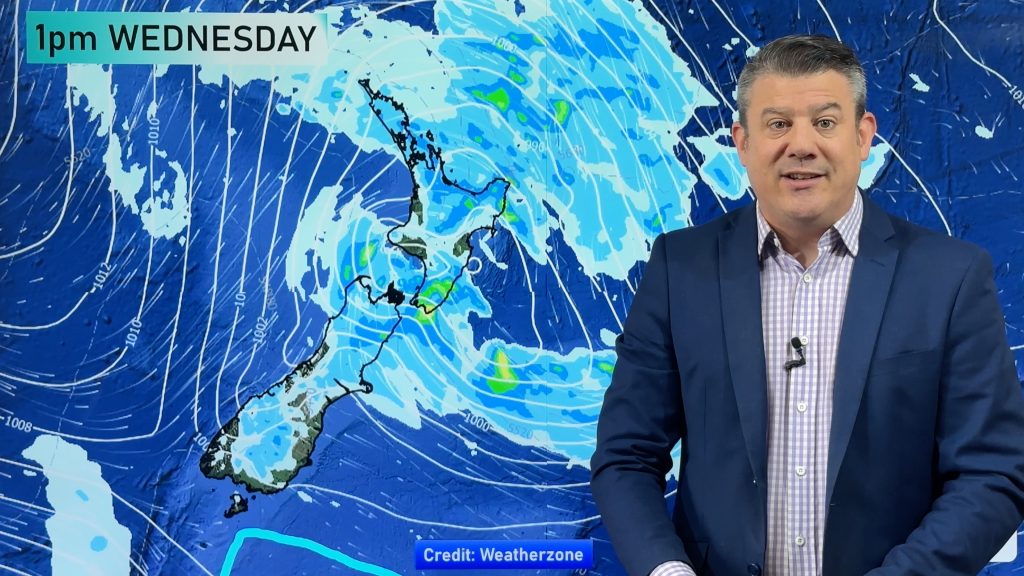
> From the WeatherWatch archives
Farmers are being advised to draw up contingency plans as summer approaches, a La Nina weather pattern grips the country and thoughts turn to drought.
Bank of New Zealand head of research Stephen Toplis said the Southern Oscillation Index – calculated from the difference in pressure between Tahiti and Darwin – was historically consistent with drought conditions, particularly in dairy producing regions.
“The last time it was up at these sorts of levels we had the big drought in the Waikato [in 2007/08],” Toplis said. “That’s not to say unequivocally that it means that it will occur.”
The nationwide drought between spring 2007 and autumn 2008 cost the economy $2.8 billion.
“People tend to look at agriculture in isolation but agriculture is a key driver of our macro-economic cycles,” he said.
Farmer co-operative Fonterra has said it was too early to discuss dairy production for this season, although BNZ was forecasting a rise of 4-5 per cent, having earlier been predicting 8-10 per cent.
“That’s as much to do with information that we’ve received on current production as anything else,” Toplis said.
Fonterra’s forecast for the 2010/11 season is $7-$7.10 a kg of milksolids before retentions and a $7.10 payout based on stable production levels could be worth about $9.1 billion.
A rise in production of 5 per cent could be worth about $457 million.
Niwa climate scientist Andrew Tait said a large part of the North Island, including Taranaki, Waikato and Northland was significantly drier than normal in terms of soil moisture.
Rainfall in October for the central North Island, Waikato, Taranaki, Auckland, Northland and north of the South Island was between 20-40 per cent of normal levels.
This month, up until Friday morning, Northland and Waikato rainfall was about 20 per cent of normal, while Taranaki was 20-40 per cent and the northwest of the South Island 10-20 per cent.
Moist, warm northeasterly winds under La Nina conditions in the past have brought good rainfall in Northland, Bay of Plenty, Gisborne and Hawkes Bay.
Areas like Waikato and Taranaki during La Nina summers had a 50-50 chance of getting above normal rainfall, Tait said.
“It’s not unforeseen that a La Nina can result in dry conditions through summer for the Waikato but if you look back over the last 30, 40 years or so it’s not every time.”
The last time there was a La Nina impact in New Zealand it resulted in a dry summer, he said.
“So farmers, if they’re able to have some contingency plans in place for excess feed or de-stocking of some kind or other plans for reducing the burden of potential drought then this is the time that they could start to think seriously about those other contingencies.”
Federated Farmers Dairy chairman Lachlan McKenzie has sold about 30 cows from his farm near Rotorua because of the weather.
“There’s an awful lot of sheep farmers that I know of that have weaned their lambs off mum already and that’s considerably earlier than what they’d normally do it,” McKenzie said.
It had rained in some areas recently. “Nobody is in what we call drought yet but people are looking at it saying, ‘What do we do?’,” he said.
“Some individuals in some small pockets will be starting to fret but as a nation yet, no.”
Federated Farmers’ advice was to have contingency plans.
“If it does come dry, if it rains all the time, what are the various options and what are the points when decisions have to be made,” McKenzie said.
Philip Duncan, head weather analyst at weatherwatch.co.nz, said low pressure systems were forming in the Fiji and New Caledonia area.
“One may well come down [this week] and bring some rain to northern New Zealand, which we’re watching at the moment with our fingers crossed,” Duncan said.
“We do get them quite often [La Nina] but this is the strongest one we’ve had since 1987.”
By Owen Hembry | Email Owen
– Business Herald
Image / Debbie Zillwood
Comments
Before you add a new comment, take note this story was published on 28 Nov 2010.





Add new comment
westcoast on 28/11/2010 11:38pm
its true the last la nina did not bring rain to the auckland and waikato
but that is against the norm
it does not mean this la nina will not bring rain to those areas again
but it is getting drier and drier while we wait for the la nina rains from tropical/sub tropical lows from the north to get going (the high pressures just need to move a bit further south yet (usually does not happen anyway until after xmas)
Reply